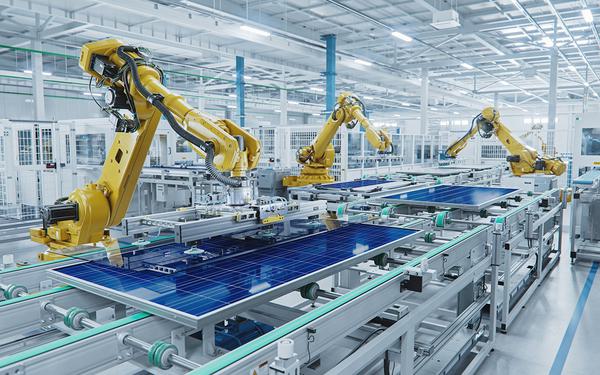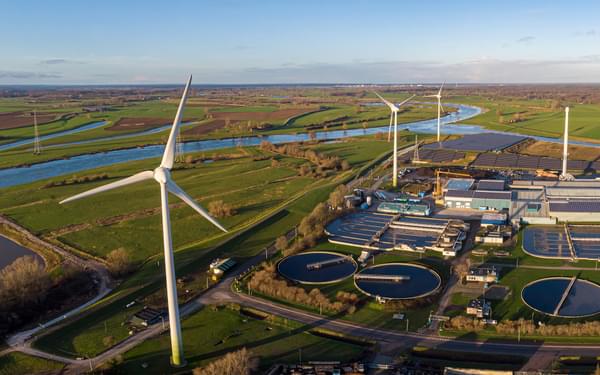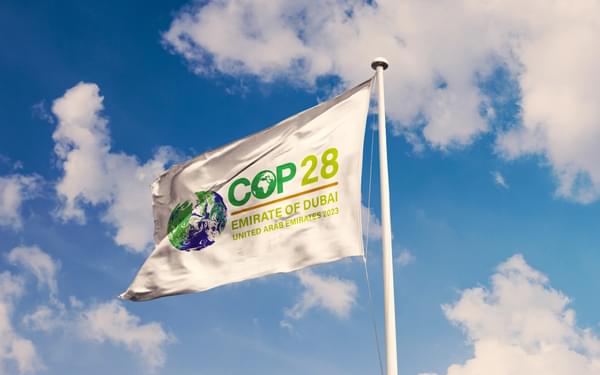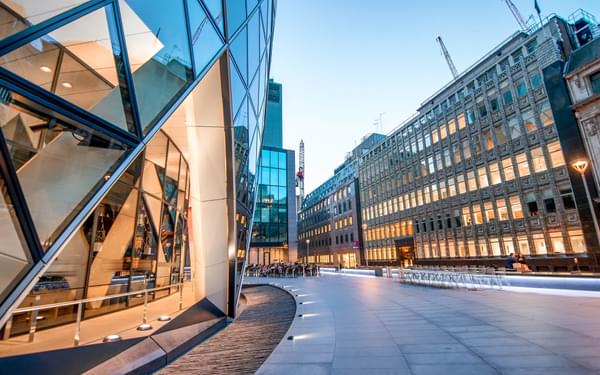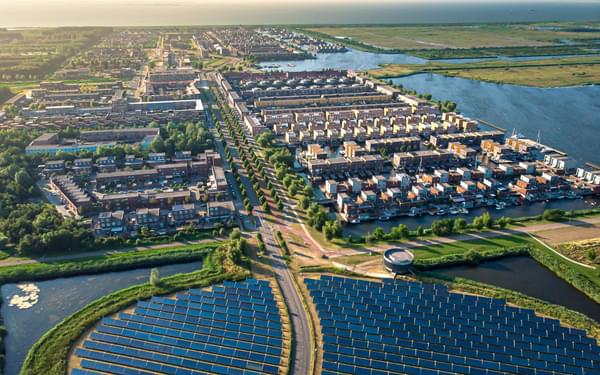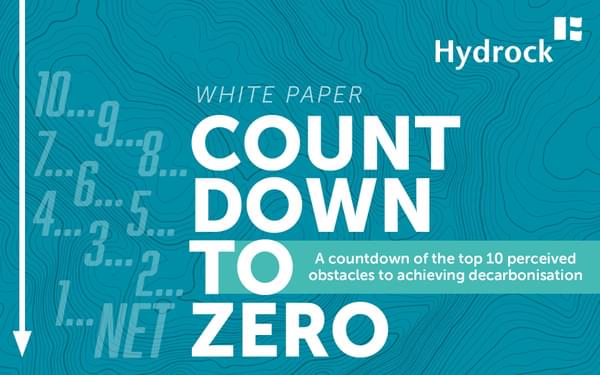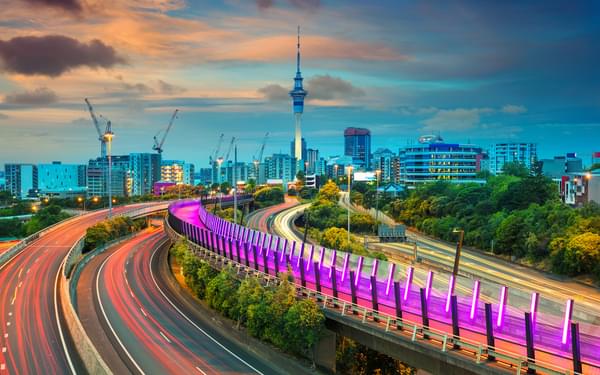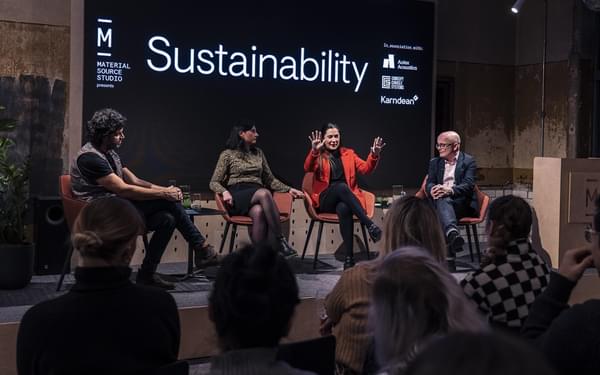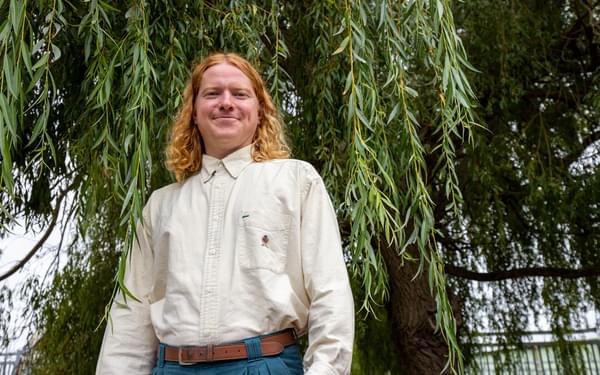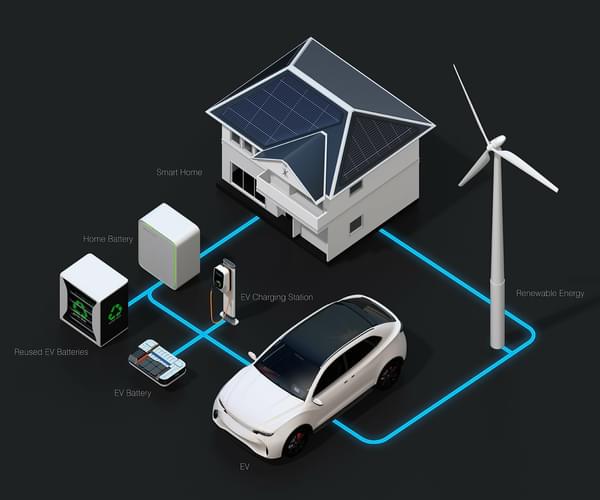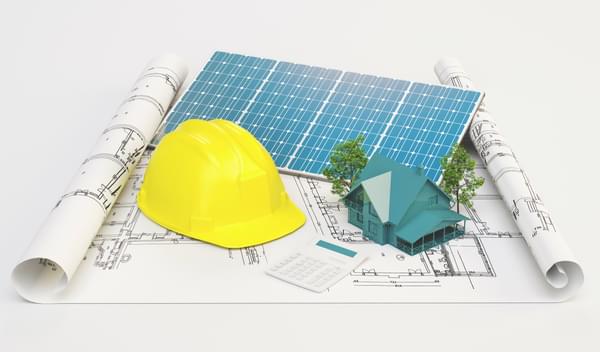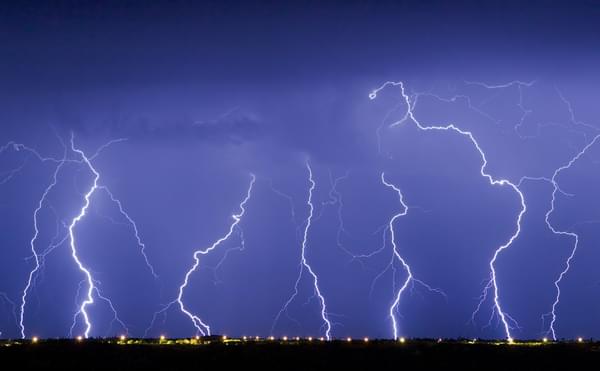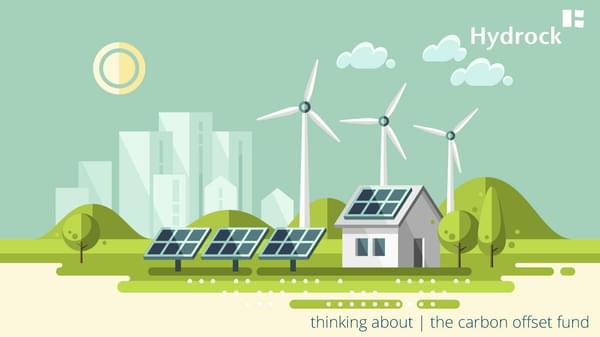Back to Articles
From coal to goal: how mine water can help us achieve net zero
Scott Elliott \ 29th Jan 2020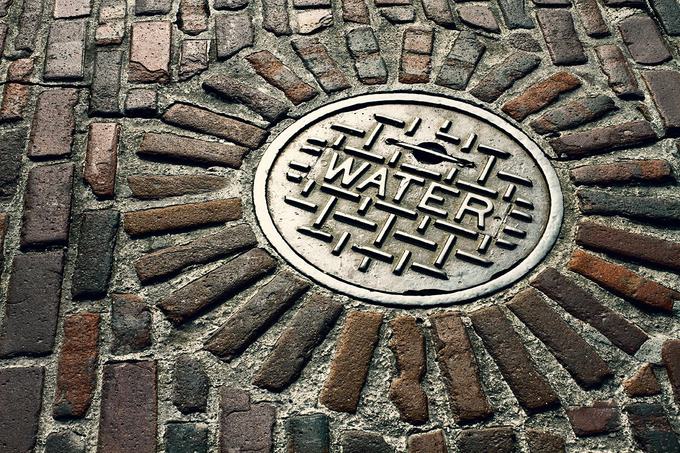
In March 2019, the Government announced that gas boilers will be banned in all new homes from 2025 in a bid to tackle emissions. Net zero 2050 means decarbonising the heating of buildings, and as a direct result, we’re about to see a sharp increase in the uptake of heat pump technology (air, ground or water) *.
Three things control heat flow in the earth’s subsurface: the geothermal gradient (the difference between temperature above and below); geology (the makeup of the ground), and water flow. Water has a higher specific heat capacity than rock and transfers heat by convection and advection.
Groundwater temperatures at depths of greater than around 10-15m below the ground surface are generally relatively unaffected by seasonal variations and therefore, there is a temperature difference between this groundwater and the air temperatures above-ground most of the time. This temperature difference can potentially be exploited by ground source heat pumps, for domestic and commercial heating or cooling purposes.
Britain's coalfields are home to around 25% of British homes and businesses. The UK is predicted to have as many as 23,000 abandoned coal mines which are now flooded, containing huge volumes of water at 12-20°C, making them suitable for geothermal energy extraction. The potential energy generation from this mine water is estimated at 2.2 million GWh per year, a figure suggested by the Coal Authority as enough energy for the entirety of the homes and businesses located on Britain's coalfields.
Abandoned flooded mines have a vast surface area for heat exchange and are considered to be a large potential source of geothermal energy production. Mining activity also increases the void space in aquifer rocks, often across large volumes of rock, leading to the permeability and therefore the productivity of the aquifer often also being massively increased. This makes these mines good targets for geothermal projects using open loop systems which abstract water from underground, extract the heat from the water, and discharge the water either to waste or more usually back into the ground.
A new era
The UK is considered much slower than its EU counterparts on adopting ground source heating technology. Mine water sourced heat pumps have been successfully used to heat buildings of various scales and locations at around 30 sites globally, the most notable and successful application being the Heerlen project within the abandoned mines of Oranje Nassau in the Netherlands. Here, groundwater is extracted from levels of between 250m and 700m deep. A 7km heat distribution network has been created to use the geothermal energy extracted and now supplies heating for an area of around 200,000m2.
Whilst much carbon reduction rhetoric continues to focus on the production of power and the interface with the grid, there is a significant sea change on the horizon of how we provide heat into buildings. Now is the time to start actively looking outside of the easy option of installing gas fired boilers. Given the location and abundance of abandoned mineworkings in key urbanised areas of the UK, the answer may well literally be beneath our feet.
*Heat pump technology – using air, ground or water to heat and cool – is a highly efficient heating technology. For ground source heat pumps, every unit of electricity used results in three to four units of heat being captured and transferred. In effect this means a ground source heat pump can be 300-400% efficient in terms of its use of electricity (or a Coefficient of Performance (COP) of 3-4). At this rate when utilising the latest grid carbon intensity figure for electricity, the technology is close to zero carbon. The appeal of tapping into naturally occurring renewable heat sources such as mine water is also clear to see, further increasing thermal conversion efficiency.
Heat pumps are one of numerous low-carbon energy solutions. Hydrock’s Smart Energy team specialises in establishing the right mix of technologies at any scale, from single dwelling to Local Authority strategy. We focus our efforts on the necessary shift towards a smarter energy infrastructure; with increased efficiency, reduced costs, and a cleaner, greener future for our power.
This article was written by Scott Elliott and Josh Bullard.


